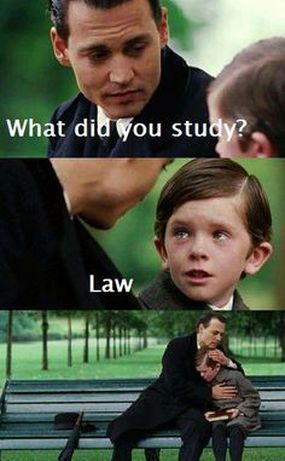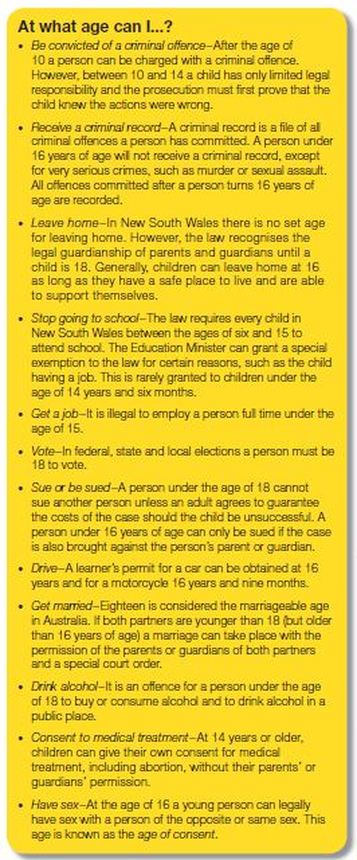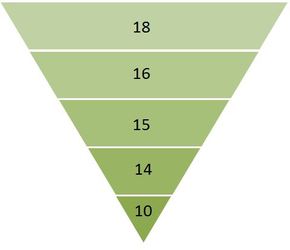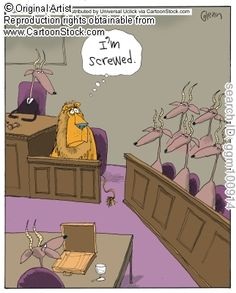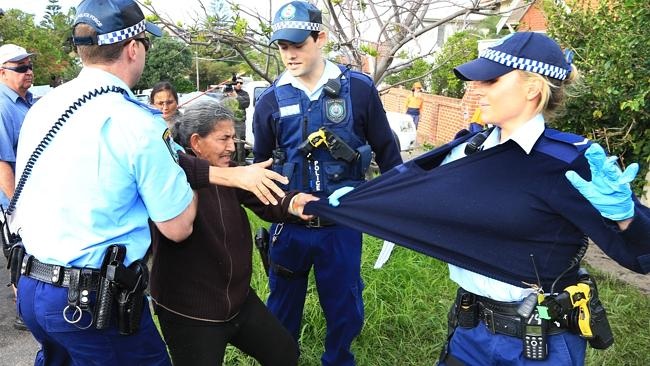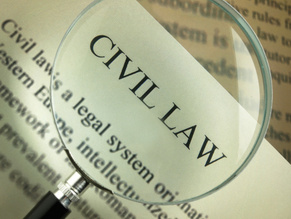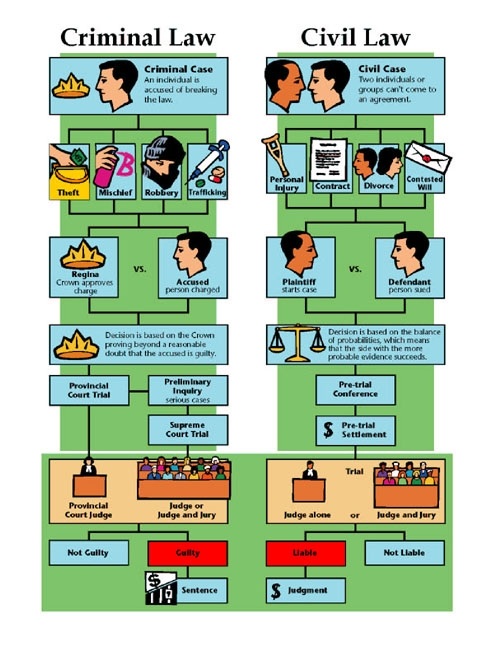COntact with the law
Chapter 1: What is Legal Capacity
|
You will need:
Key Terms:
Tasks:
Once we reach the age of ................ (1) we are considered old enough to have all the ............... (2) rights of an adult. While age brings ............... (3), it also brings ............... (4), including legal responsibilities. The legal rights and responsibilities that come with the age of a person are known as the person's legal ............... (5). Eighteen is often seen as a ............... (6) age in Australia because it is the age at which the law recognises that a person is an ............... (7). This is known as the age of ............... (8). At this age all the legal rights associated with adulthood, such as the right to ............... (8), are granted. People aged 18 or older are legally responsible for their ............... (9), and should they commit a criminal ................(10), they will be ................ (11) in an adult court (12) 3. Using your homework and the "At what age can I..." image, why are the following ages significant? For each age include;
4. Complete questions (p.265) Q1, 5-8
HomeWORK
| |||||||
Chapter 2: Contact with Criminal Law
|
You will need:
Key Terms:
Tasks:
RESEARCH TASK
ELEMENTS OF A CRIME - SCENARIOS
In your groups, read the designated scenarios (attached below). One member will need to - Type all the information to be emailed to Mr. Andrews - Present back to class - Everyone completes the summary. Include an overview of the case (criminal, defendant) 1)Mens Rea 2)Actus Rea 3)Decide which statute would apply?
|
Your browser does not support viewing this document. Click here to download the document.
Your browser does not support viewing this document. Click here to download the document.
| ||||||||||||
Chapter 3: Punishment for a crime
|
|
You will need:
Key Terms:
Tasks:
5. Read the following article: http://www.theage.com.au/news/in-depth/the-death-of-ronald-ryan/2007/02/01/1169919473225.html
Complete the activities 1) Does the concept of 'An eye for an eye, a tooth for a tooth' impart justice?
2) Did Ronald Ryan deserve to be executed? Why or why not? 3) Do you think the criminal justice system has improved since the abolition of the death penalty? Why or why not? 4) Do you think the crime rate in Australia could be lessened if the death penalty was reintroduced? Why or why not? CAPITAL PUNISHMENT
| ||||||||||||
Chapter 4: Getting arrested
|
You will need:
Key Terms:
Tasks:
For example. Arrested --> Personal Search --> Call --> Interview --> Fingerprinted --> Charged could be.... "All People Can Instruct For Coins." 3. Complete the "Under arrest" true or false activity in your books. SCENARIO ACTIVITYYou are to get into groups of 3-4 and create a completely unique scenario in which you show the steps of someone committing a crime and then going through all SIX stages of getting arrested. You have complete creative freedom in the crime and how each step is undergone.
A) This lesson you will simply write an overview of your scenario, including the characters, crime and each steps. B) Thursday's lesson we will be outside and you will film your group carrying out the scenario. (One group member requires their laptop for recording) EVERYONE is required to perform and you only have the 45 minute lesson to complete this. C) Friday's lesson: 30 minutes - you will edit and the remaining 30 we will be watching other groups scenario's. |
| ||||||
Chapter 5: Contact with Civil Law
|
Your browser does not support viewing this document. Click here to download the document.
|
You will need:
Key Terms:
Tasks:
A) Write a hypothetical scenario showing this breach of civil law combined with a breach of criminal law. (Can be a 6-8 box comic if you wish). B) For your scenario explain how your scenario involves both criminal law and civil law. | ||||||

